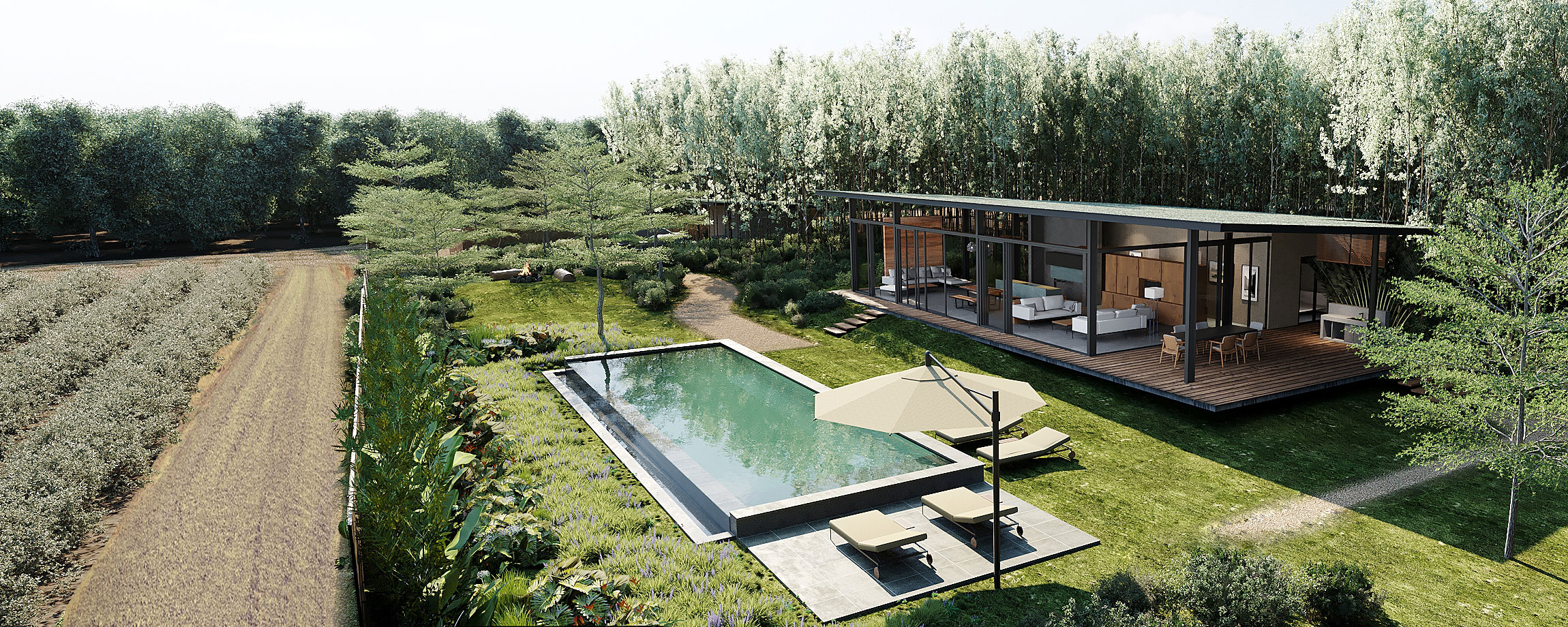Green Roofs and Living Walls: Integrating Nature into Urban Spaces
Green Roofs and Living Walls: Integrating Nature into Urban Spaces
In today's concrete jungles, the integration of nature into urban environments has become increasingly crucial. Green roofs and living walls, championed by architecte bioclimatique by agence architecture Marseille, offer innovative solutions to bring nature back to the cityscape. In this blog, we explore the transformative power of green roofs and living walls, and how they contribute to sustainable urban design.
Green Roofs: A Breath of Fresh Air
Green roofs, also known as rooftop gardens, are elevated spaces covered with vegetation. Architecte bioclimatique by agence architecture Marseille recognize their potential in urban areas. Green roofs provide numerous benefits, including improved air quality, increased biodiversity, reduced heat island effect, and stormwater management. These eco-friendly installations mitigate environmental impacts while enhancing the aesthetic appeal of buildings.Living Walls: Vertical Gardens for Urban Oasis
Living walls, or vertical gardens, are vertical surfaces adorned with living plants. They serve as living artworks, transforming bare walls into vibrant displays of nature. Architecte bioclimatique by agence architecture Marseille integrates living walls into urban spaces, providing a host of advantages. These include improved air quality, noise reduction, thermal insulation, and visual delight. Living walls bring nature closer to city dwellers, fostering a sense of well-being and connection with the environment.
 |
| The Design of a Residential district project in Phnom Penh with the aim of improving the architecture and ensuring that it is adapted to local climatic conditions, namely a hot and humid climate |
Enhancing Urban Biodiversity
Green roofs and living walls contribute to urban biodiversity by providing habitats for various plant species and attracting pollinators and birds. Architecte bioclimatique by agence architecture Marseille prioritizes the selection of native plants to support local ecosystems and enhance biodiversity in urban areas. These green interventions create small pockets of nature, contributing to the overall ecological health of the city.Energy Efficiency and Climate Mitigation Green roofs and living walls play a vital role in energy efficiency and climate mitigation. By insulating buildings, they reduce heat transfer, lowering the demand for heating and cooling. This leads to energy savings and a decrease in greenhouse gas emissions. Additionally, these natural installations absorb carbon dioxide and filter pollutants, improving air quality and combating climate change.

hippo farm dortoirs in Vietnam with bioclimatique architect but ensure sannitation Promoting Health and Well-being
Integrating nature into urban spaces has proven benefits for human health and well-being. Green roofs and living walls provide opportunities for relaxation, stress reduction, and improved mental health. They create urban sanctuaries where residents can escape the hustle and bustle of city life and reconnect with nature.
Villa luxe basse consommation energie vietnam
Green roofs and living walls represent an innovative approach to urban design, seamlessly blending architecture with nature. Architecte bioclimatique by agence architecture Marseille champion these sustainable interventions to create greener, healthier, and more livable cities. By integrating nature into the urban fabric, we can foster environmental stewardship, enhance biodiversity, mitigate climate change, and promote the well-being of urban residents. Together, let us create urban spaces where nature thrives and people thrive alongside it.

Comments
Post a Comment